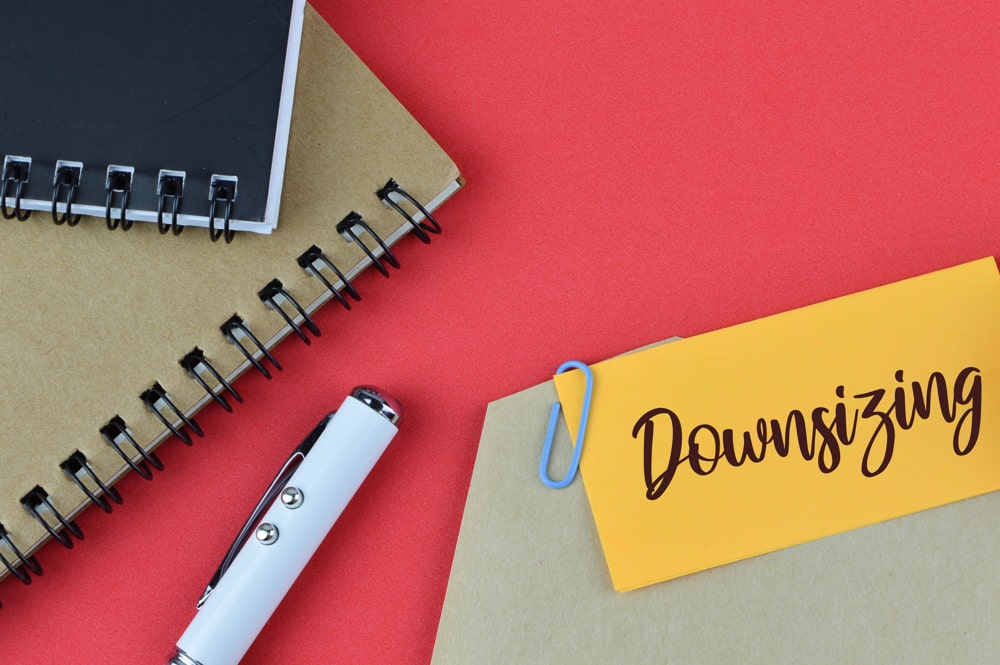Michael and Elizabeth have a dilemma. They haven’t been lucky enough to get workplace pensions, and haven’t paid into a private pension plan.
Now in their early 60s, they’re looking at ways to finance their retirement.
Their plan has always been to downsize and invest the equity from the family home.
But now that the time to do this is drawing near, they’re feeling sad at the prospect of leaving the home they love.

How much more would it cost them to choose Equity Release instead?
This is a very common question – and of course there are costs involved, whether you downsize or take out an Equity Release loan.
Let’s take a look at these, using a house worth £1million as an example.
In your early 60s, your Equity Release provider may offer up to 30% of your property value as a loan. In this case that would be £300,000.
Think about the following
There will be a lender’s application fee as well as fees for your financial adviser, solicitor, and surveyor. These could add up to between £2000 and £3000.
The loan will also be subject to interest which can either be serviced, for example paid on a monthly or quarterly basis, or left to roll-up and be paid when your house is eventually sold.
If you continue to live in the house for the next ten years, your interest payments (at an example rate of 3.1%) will add up to about £91,000 if you service the interest, or £108,000 if it is left to roll up.
But could all these costs be dwarfed by the increasing value of your home?
Consider rising property values
Let’s say that, over the next 10 years, the value of your property jumps by 50%, as has was predicted in a report by the Centre for Economics and Business Research (Cebr) for the National Association of Estate Agents (NAEA) and the Association of Residential Letting Agents (Arla).
Your home will then be worth £1,500,000.
Less the £300,000 loan, the interest, and the fees that you’ve paid, you (or your family) could still be significantly better off, even taking the roll up of interest into account.
How does downsizing compare?
You could raise the same £300,000 by selling your home and buying another one for £700,000.
In this case, the conveyancing, disbursements, marketing (on your sale), removal costs and stamp duty (on your purchase) could easily add up to around £60,000.
The money you spend on any refurbishment of the new property could potentially push this up to around the same amount as the costs (including the interest) on an Equity Release loan.
Your new house may also rise in value over the next 10 years – but the increase in equity will be less than on your higher value old home.
Counting the cost
One advantage of downsizing is that the running costs – council tax, gas, electricity and water – will be lower on a smaller property.
But, when advising a couple like Michael and Elizabeth, I always point out that, ultimately, the biggest cost is the emotional one.
Any big life change can be extremely stressful – and moving to a smaller house before you feel ready can be a difficult transition to make.
The good news is that, if you love your house and don’t want the upheaval of moving, Equity Release may enable you to stay put for as long as you like!












